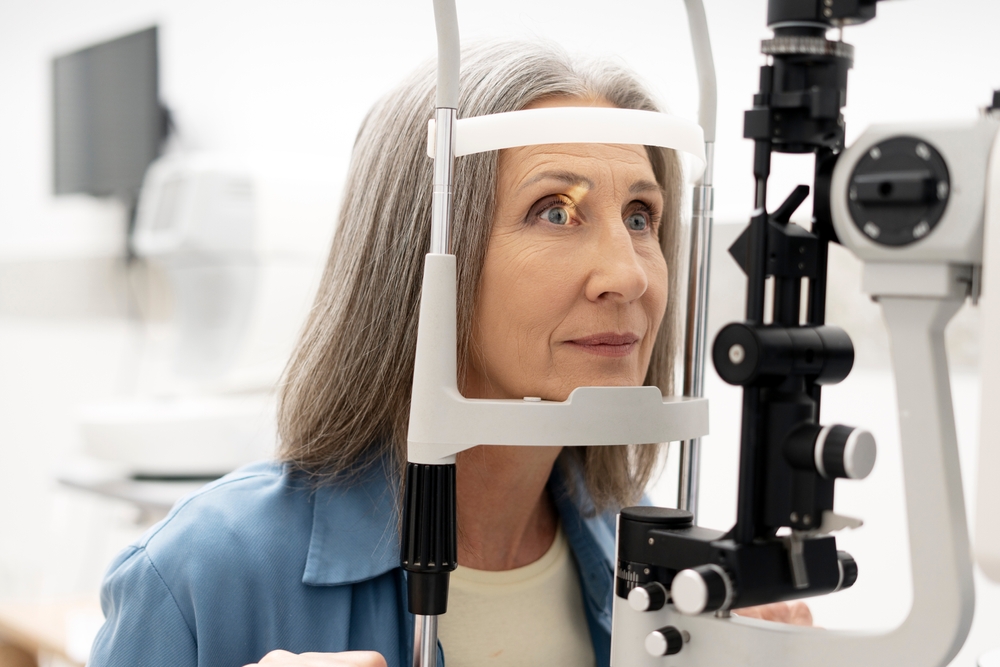Eclipse Eyecare Blog
Learn more about optometrist care in our blog!

When was the last time you sat for a comprehensive eye exam? Do you know that this exam is not just about checking your vision? It can uncover hidden health issues before you even notice symptoms. Regular eye exams can detect many conditions that affect your overall health.
As school starts, parents in Lewisville, Flower Mound, Carrollton, and surrounding areas are getting ready for the busy school year ahead...

Cataracts can change how you see the world. You might notice things are dull or blurred. Reading and driving may feel harder than usual. These feelings can be frustrating, but you are not alone.

For many people, traditional contact lenses provide a simple and effective solution for vision correction. However, individuals with certain eye conditions or unique visual needs may require specialty contact lenses. These advanced lenses are designed to address a wide range of vision problems, offering enhanced comfort, clarity, and overall eye health benefits.

Red eyes are a common issue that can arise for various reasons, from lack of sleep to exposure to allergens. However, in some cases, red eyes may indicate an underlying eye condition that requires attention. Understanding the causes and when to see an eye doctor can help you maintain your eye health and avoid complications.

Dry eyes can be a frustrating and debilitating condition that affects millions of people worldwide. When your eyes don't produce enough tears or the tears evaporate too quickly, it can lead to a range of uncomfortable symptoms, including irritation, redness, burning, stinging, and even blurred vision. This can significantly impact your quality of life, making it difficult to perform everyday tasks, read, work on a computer, or even enjoy your favorite hobbies.

Myopia is a prevalent refractive error that affects millions of people worldwide. This condition occurs when the eye's focusing power is too strong, causing light to focus in front of the retina instead of directly on it. As a result, distant objects appear blurred, while close-up objects remain clear.

Diabetic retinopathy is an eye condition that affects millions worldwide. Understanding diabetic retinopathy is crucial because it often develops without any early symptoms. You might not notice changes in your vision until the condition has progressed considerably. Being informed about the condition and getting regular eye exams is paramount to catching it early and managing it effectively.

As a parent, ensuring your child's overall well-being is a top priority. One critical aspect of their health that may sometimes be overlooked is their vision. A pediatric eye exam is essential for detecting any underlying issues that may affect their ability to see clearly, and early intervention is key. In this article, we will explore the importance of pediatric eye exams, the recommended age for the first eye exam for kids, common vision problems, and how to prepare your child for their first eye examination.

Meibomian gland dysfunction (MGD) is the most prevalent type of dry eye. It is also called evaporative dry eye. This condition is caused by inactive use of special oil glands located within your eyelids called meibomian glands. This leads to a tear imbalance and quick evaporation of your tears. Common symptoms include; burning, itchy, red, watery eyes and fluctuating vision. New technologies can allow us to treat and unclog these glands!









